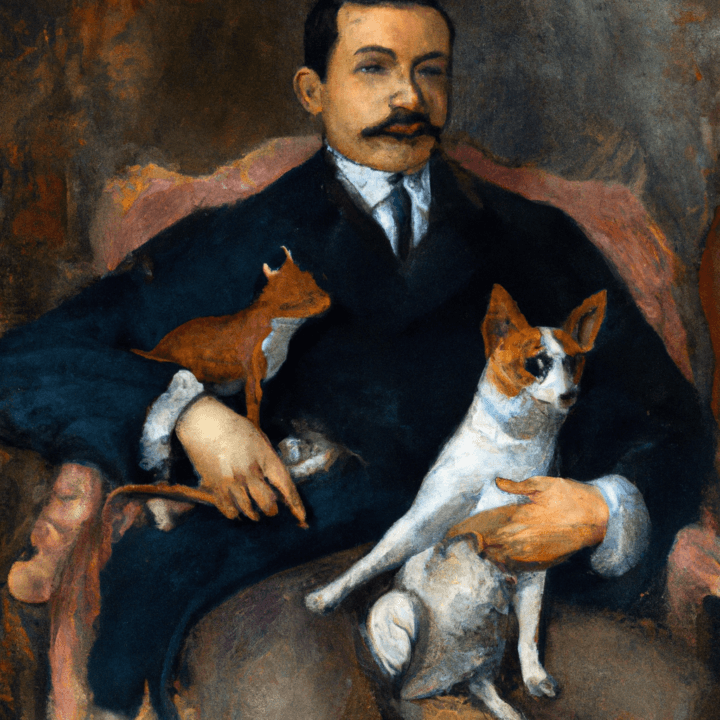Framing Francisco Pacheco: A Portrait of Passion and Legacy

Framing Francisco Pacheco: A Portrait of Passion and Legacy
Introduction:
Born in 1564, Francisco Pacheco was a renowned Spanish painter, art theorist, and teacher. He played a pivotal role in the flourishing artistic scene of the Spanish Golden Age and left an indelible mark on the art world. This biography aims to explore his life, work, theories, and lasting legacy.
Early Life and Artistic Beginnings:
Francisco Pacheco was born into a family of modest means in Sanlúcar de Barrameda, Andalusia. Influenced by his father’s profession as a tapestry weaver, Pacheco showed early artistic talent. Recognizing this natural inclination towards art, his family encouraged him to pursue an artistic career.
At the age of thirteen, Pacheco moved to Seville to study under Luis Fernandez—a respected artist at that time. Under Fernandez’s tutelage, Pacheco honed his skills as a painter while simultaneously developing a deep interest in classical techniques.
Career Evolution:
After completing his apprenticeship with Luis Fernandez, Francisco Pacheco embarked on a journey to Italy—a pilgrimage often undertaken by aspiring artists seeking inspiration from Renaissance masterpieces. During this transformative period abroad (1588-1595), he studied works by renowned Italian artists such as Michelangelo Merisi da Caravaggio and Titian. Italian art would profoundly impact Pacheco’s later style.
Upon returning to Seville, Francisco Pacheco established himself as one of the leading painters of religious subjects. His works were characterized by impeccable attention to detail and expression through realistic figures—qualities that set him apart from other contemporary artists.
Art Theory Contributions:
Pacheco’s influence extended beyond painting alone; he also made significant contributions as an art theorist through his renowned treatise “Arte de la pintura” (The Art of Painting). Published in 1649, this groundbreaking work delved into the technical aspects of painting, exploring color theory, composition, and perspective. Pacheco’s theoretical insights paved the way for future generations of artists in Spain.
In addition to his written work, Francisco Pacheco played a vital role as a teacher. His renowned art academy attracted numerous students eager to benefit from his expertise and guidance. Notable among his pupils was Diego Velázquez—a young artist who would later achieve great fame and become one of Spain’s most celebrated painters.
Legacy and Impact:
Francisco Pacheco’s influence on Spanish art cannot be overstated. His approach to religious subjects revolutionized the interpretation of Biblical narratives through realism and emotion. His teachings at the academy produced a new generation of talented painters who went on to shape Spain’s artistic landscape for years to come.
Furthermore, Pacheco’s impact on Diego Velázquez cannot be overlooked. Velázquez adopted many of his master’s techniques and styles, ultimately surpassing him in terms of fame and recognition. Nevertheless, it was Francisco Pacheco who inspired Velázquez during his formative years—laying the foundations for the younger artist’s future successes.
Conclusion:
Through his artistic endeavors, writings, teachings, and mentorship, Francisco Pacheco cemented himself as a key figure in Spanish art history. With his unwavering passion for painting paired with a profound dedication to artistic principles and education, he left an enduring legacy that continues to inspire generations of artists even today. Framing Francisco Pacheco reveals not only an extraordinary painter but also an influential teacher whose impact extended far beyond any individual canvas he created.